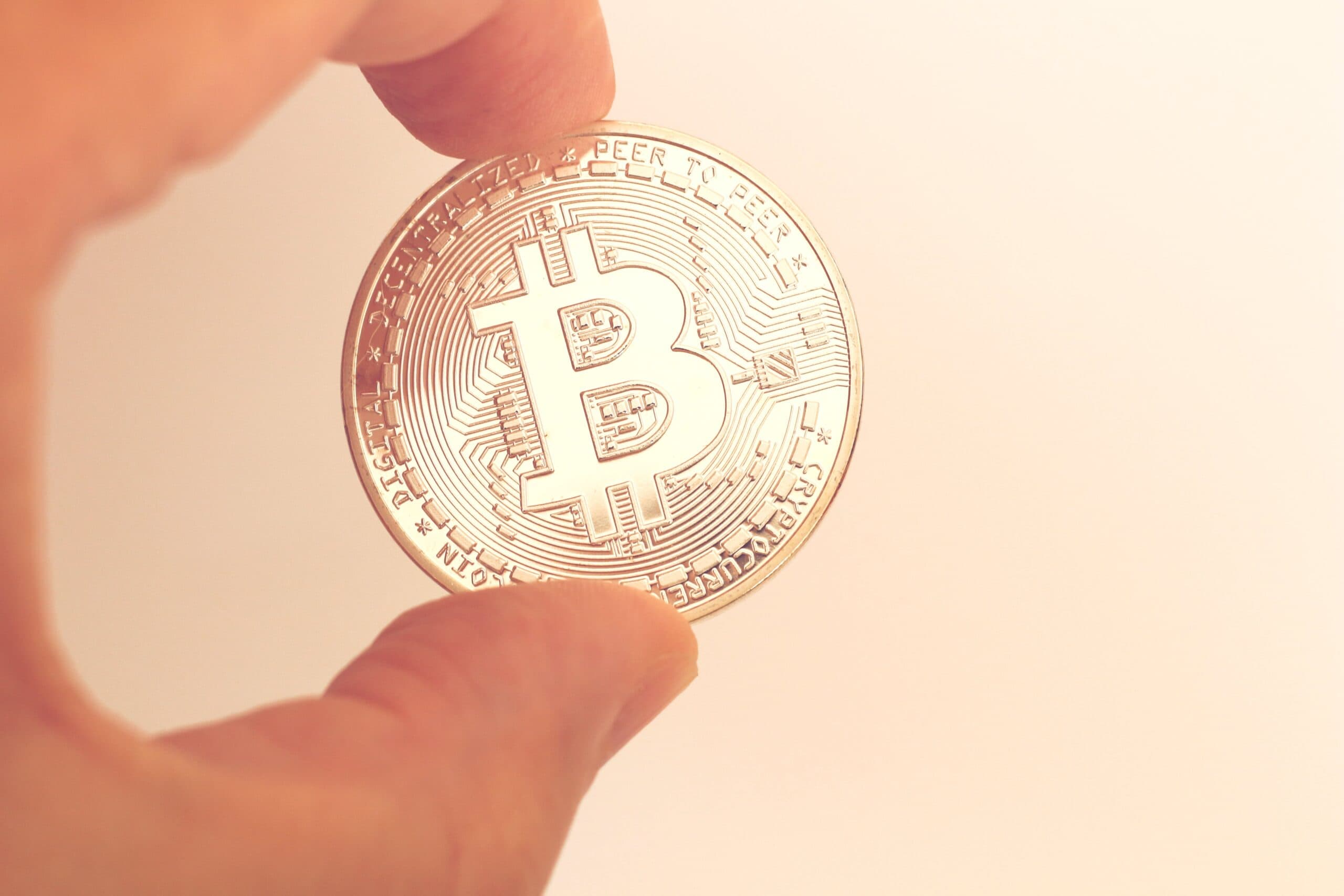Silver Mining in the US: Riches of the Silver Veins
Veejay Ssudhan
November 27, 2023
Silver, often referred to as the “poor man’s gold,” has captivated human civilization for centuries. Its lustrous beauty and versatile applications have made it a valuable commodity across various industries. One of the significant contributors to the global silver supply is the United States, which has a rich history of silver mining. In this blog, we will delve into the fascinating world of silver mining in the US, exploring its history, current trends, environmental impact, and economic significance.
Historical Overview of Silver Mining in the US
Silver mining in the United States has a long and rich history that dates back to the early days of European colonization. The discovery of silver deposits in Nevada and Colorado in the mid-19th century sparked a mining boom and led to the rapid development of these regions.
In the mid-1800s, the Comstock Lode in Nevada became one of the largest and richest silver deposits ever discovered. This massive silver strike attracted thousands of miners and prospectors from all over the country, transforming small settlements into bustling mining towns. The silver extracted from the Comstock Lode played a crucial role in supporting the growing US economy.
During the late 19th and early 20th centuries, silver mining expanded to other states, including Idaho, Montana, Arizona, and Utah. These states became major silver producers, contributing significantly to the overall silver output of the United States.
However, the decline in silver prices and the shift to other metals, such as copper and gold, led to a decline in silver mining activity in the early 20th century. The passage of the Sherman Silver Purchase Act in 1890, which required the US government to purchase large quantities of silver, temporarily boosted demand for the metal. But when this act was repealed in 1893, silver prices plummeted, causing many mines to close.
Boom and Bust Cycles
Boom and bust cycles have been a common phenomenon in the silver mining industry in the United States throughout its history. These cycles are characterized by periods of rapid expansion, known as booms, followed by sudden declines, or busts. The fluctuating demand for silver, coupled with changes in technology, market conditions, and government policies, have played a significant role in driving these cycles.
One of the earliest booms in the US silver mining industry occurred during the mid-19th century with the discovery of the Comstock Lode in Nevada. The abundance of silver in this region led to a surge in mining activity, attracting thousands of miners and investors. The demand for silver grew as it was used in various industries, such as coinage, photography, and jewelry. Silver industrial potential has steadily skyrocketing with technology advancements. However, as the supply increased and market conditions changed, the price of silver declined, causing many mines to close and leading to a bust in the industry.
Another significant boom took place in the late 19th century with the development of new mining techniques and technologies, such as cyanide leaching and improved smelting methods. This resulted in increased production and profitability for many silver mines. However, the boom was short-lived as the Sherman Silver Purchase Act of 1890, which mandated the government to purchase large quantities of silver, artificially inflated the price. When this policy was repealed in 1893, the price of silver plummeted, leading to a bust in the industry.
During 20th Century
In the 20th century, the boom and bust cycles of the silver mining industry continued to be influenced by various factors. This includes fluctuations in global demand, economic recessions, and changes in government regulations. For example, during World War I and World War II, the demand for silver increased due to its use in military equipment and ammunition. This led to booms in the industry, followed by busts as the wars ended and the demand decreased.
In recent years, the boom and bust cycles of silver mining have been influenced by factors such as the global economic recession of 2008 and the increasing popularity of alternative metals and materials. The price of silver has been volatile, experiencing both periods of rapid growth and sudden declines.
Current Trends in Silver Mining
Silver mining is an essential sector of the global mining industry, and it plays a significant role in various industries, including electronics, jewelry, and solar energy. As we explore the current trends in silver mining, several key developments and considerations come to light.
Despite the challenges and market fluctuations, silver mining continues to thrive in the US. Today, the leading silver-producing states include Nevada, Alaska, Idaho, Arizona, and Montana. Mining companies employ advanced technologies and techniques to extract silver from deep underground mines or surface operations.
One prominent trend is the increasing adoption of sustainable mining practices. Mining companies are increasingly focusing on minimizing their environmental impact by implementing technologies that reduce water consumption, energy usage, and carbon emissions. This trend aligns with the growing global emphasis on sustainability and responsible resource extraction.
Another significant trend is the exploration and development of new silver deposits. As existing silver mines approach depletion, mining companies are actively seeking new sources of silver to meet the rising demand. This involves extensive geological surveys, innovative exploration techniques, and the utilization of advanced technologies to identify untapped silver reserves.
Furthermore, advancements in mining technology are revolutionizing the industry. Automation and digitization are enhancing operational efficiencies, improving worker safety, and optimizing production processes. This includes the use of drones for surveying, remote-controlled machinery for extraction, and data analytics for real-time monitoring and decision-making.
In addition to these trends, the silver mining industry is also influenced by market dynamics. Fluctuations in silver prices, supply and demand dynamics, and geopolitical factors all have a significant impact on production levels and investment decisions.
Environmental Impact of Silver Mining in the US
Silver mining in the US has had a significant environmental impact over the years. The extraction of silver from the earth involves various processes that can result in negative consequences for the environment.
One of the main environmental issues associated with silver mining is water pollution. Mining activities can generate large amounts of wastewater that contain harmful chemicals and heavy metals. These pollutants can contaminate nearby water sources, posing a threat to aquatic ecosystems and public health.
Another concern is the destruction of natural habitats. Mining operations often require large areas of land to be cleared, leading to deforestation and loss of biodiversity. This can disrupt ecosystems and displace wildlife, affecting the overall balance of the environment.
Furthermore, silver mining can contribute to air pollution. The extraction and processing of silver ore release particulate matter and emissions of sulfur dioxide and nitrogen oxides. These pollutants can have detrimental effects on air quality, leading to respiratory problems and other health issues for both humans and wildlife.
Additionally, the use of toxic chemicals such as cyanide in the extraction process can pose risks to both the environment and human health if not properly managed. Accidental spills or leaks can contaminate soil and water, causing long-term damage to ecosystems.
Economic Significance
The silver mining industry plays a crucial role in the US economy. It provides employment opportunities in regions where mining operations are prevalent, stimulating local economies. Moreover, the revenue generated from silver mining contributes to tax revenues, infrastructure development, and social welfare programs. Furthermore, silver is an important component in various industries. This including electronics, jewelry, and solar panels, making it a valuable export commodity.
Technological Advancements
One significant advancement is the use of advanced mining equipment and machinery. Modern mining techniques, such as underground mining and open-pit mining, have increased the efficiency and productivity of silver extraction. Advanced drilling and blasting techniques have also improved the safety and precision of mining operations.
Moreover, the introduction of automated systems and robotics has streamlined various aspects of silver mining. Automated trucks and loaders have enhanced transportation and material handling capabilities, reducing labor costs and increasing operational efficiency. The use of drones and remote sensing technologies has allowed for more accurate surveying and mapping of mining sites.
In terms of processing, technological advancements have led to the development of more efficient extraction methods, such as heap leaching and flotation. These methods have greatly increased the recovery rates of silver from ore, minimizing waste and reducing environmental impact.
Furthermore, advancements in metallurgical processes have enabled the production of high-purity silver for various industrial applications. Advanced refining techniques, such as electrolysis and solvent extraction, have improved the quality and purity of silver products.
Challenges and Future Outlook
Despite its significance, silver mining faces several challenges in the US. Fluctuating market prices, regulatory hurdles, and environmental concerns pose ongoing challenges for the industry. Additionally, the increasing popularity of renewable energy sources such as solar panels could lead to higher demand for silver in the future.
However, as technology continues to advance and sustainable practices become more prevalent, the future of silver mining in the US looks promising. The industry is likely to adapt and evolve to meet the changing demands and overcome existing challenges.
Conclusion
Silver mining in the US has a rich history that dates back centuries. The History starts from the legendary Comstock Lode to modern-day operations in 21st century. Silver mining has played a significant role in shaping the nation’s economy and providing valuable resources for various industries.
While facing challenges along the way, advancements in technology and sustainable practices ensure that silver mining will continue to be a vital industry in the US for years to come. As demand for silver persists and new deposits are discovered, the US remains a major player in the global silver market.
All Tags
